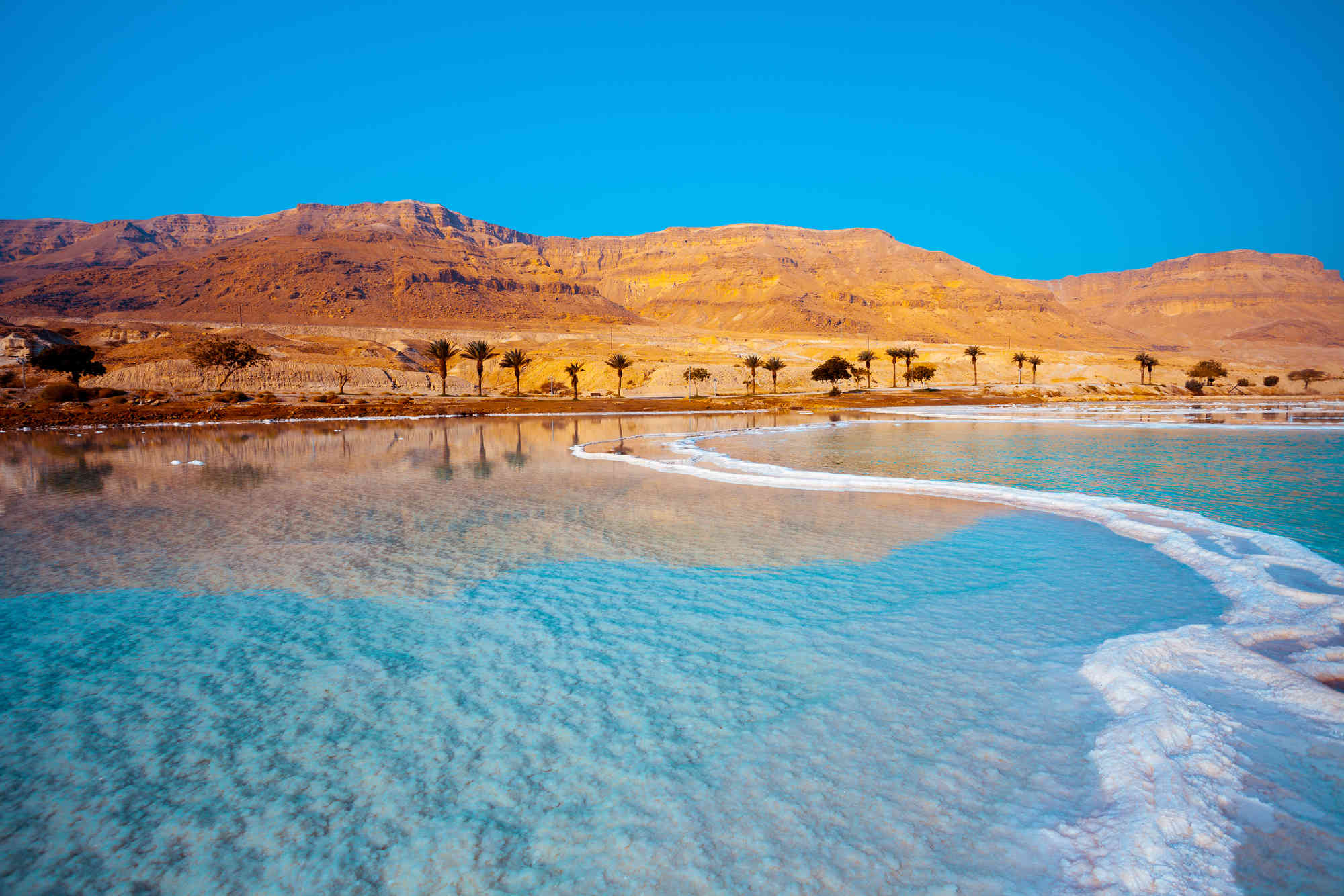The first stopping point is on the continent of Oceania and, more precisely, in Australia. The country is fortunate to have the famous Lake MacDonnell. Located a few kilometers from Penong, this basin has a beautiful bright pink color due to its high salt concentration. Thus, it attracts a kind of algae that creates red ►
The first stopping point is on the continent of Oceania and, more precisely, in Australia. The country is fortunate to have the famous Lake MacDonnell. Located a few kilometers from Penong, this basin has a beautiful bright pink color due to its high salt concentration. Thus, it attracts a kind of algae that creates red pigments when in contact with bacteria. Therefore, the water may look more or less pink depending on the weather, which contrasts nicely with the surrounding landscape and the adjoining green lake. Another place that tourists should take advantage of on Australian soil is Lake DumbleYung. They will have to go to the country's southwest to discover this basin which became famous following the world speed record on water broken by Donald Campbell in 1964. Today, this place welcomes tourists for a unique bathing experience. On the African continent, tourists will have to detour to Lake Siwa, nestled in the middle of the Egyptian desert on the border with Libya. This salt lagoon is endowed with pure and translucent water that will allow them to make a unique swim. The salt concentration is 95%, so the flotation is particularly extreme. It will therefore be a fantastic experience for travelers. Moreover, it is worth noting that this salt accumulation comes from surface wells. On the Asian continent, Qinghai Lake in China is a rare phenomenon worth visiting. This basin rises to nearly 3200 meters and qualifies as the largest in China. In addition, it is a place of pilgrimage and agriculture since water is used for the salt it produces to irrigate nearby crops. Another point is that the color varies according to the seasons and light. In Western Asia, the Dead Sea is the lowest waterhole on the planet, as it is less than 434 meters above sea level. Also, as surprising as it may seem, the Dead Sea is less concentrated in salt than some lakes. Its salt content is 27%, but it remains very enigmatic because of its total absence of fauna and flora. Indeed, no species can live there. A little further afield, Lake Urmia in Iran is also on this list. Nevertheless, the region's desertification is drying it up little by little, decreasing its size over the years. But tourists will be able to walk there during the dry season. To discover the great salt lake, travelers will have to make a stop in the United States. It is located in Salt Lake City, Utah. This pond is one of the largest in the world because it has an area of 4,400 square meters. Many people call it the American Dead Sea. In South America, the Laguna Colorada in Bolivia will offer an exceptional spectacle to all those who venture there. It is located in the Eduardo Avaroa Andean Fauna National Reserve on the border with Chile and rises to almost 4,000 meters above sea level. Once again, the pool is amazing with its pink color, but shades in the water can vary from red to dark brown, depending on the season. On the European side, travelers will be able to be amazed by the lagoon of Torrevieja. It is located south of Alicante in Spain, and its pink color is stunning. However, tourists cannot swim there but can still take nice pictures. This lake also creates pink pigments due to the bacteria that live there. Lake Don Juan in the Wright Valley is another noticeable phenomenon in Antarctica. It contains more than 400 grams of salt per kilo, making it 18 times saltier than the ocean and preventing it from freezing. ◄
